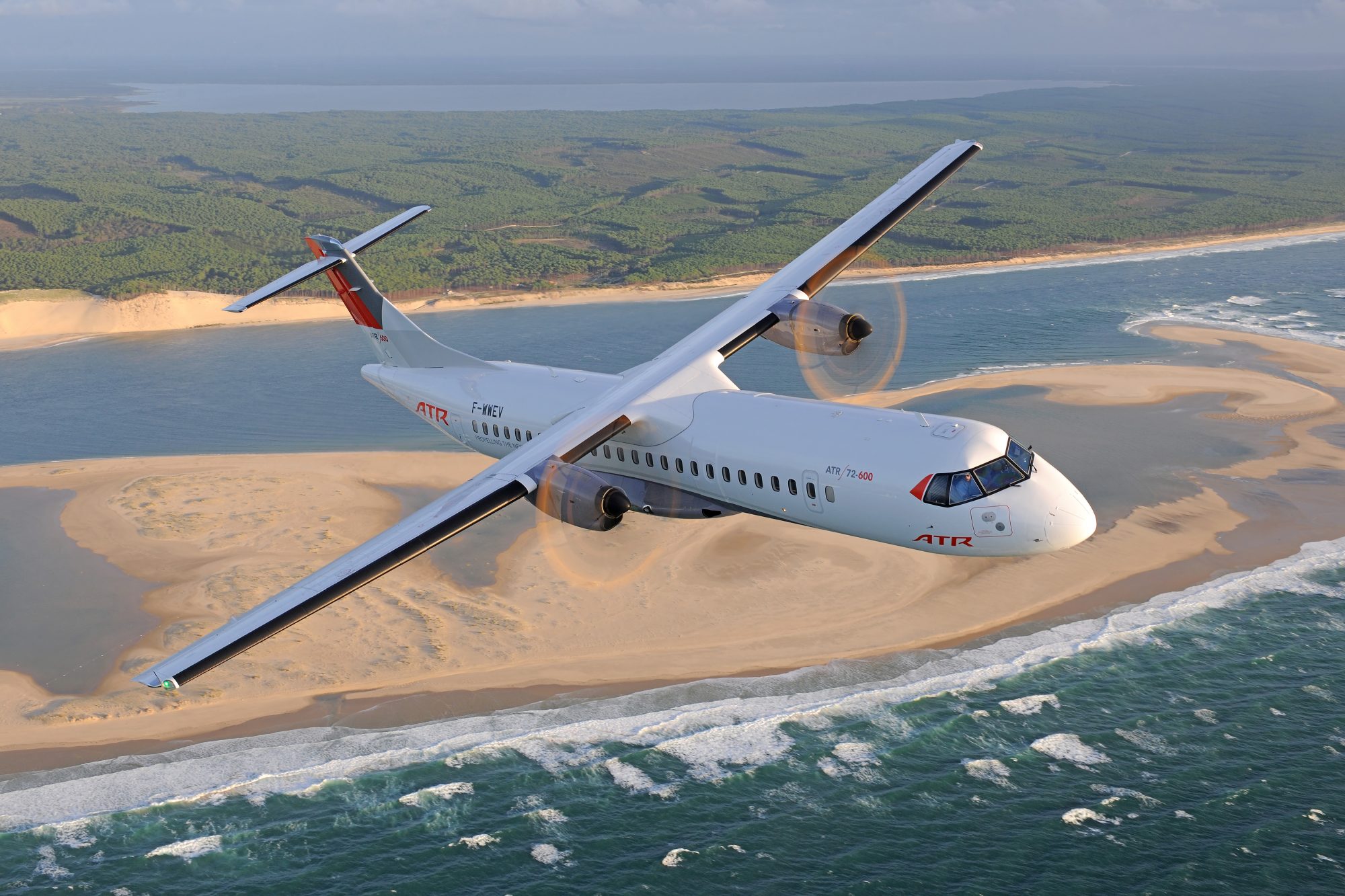ATR Offers New Vibration Monitoring System
The new VMS will be permanently installed on the aircraft and replaces the previous temporary ground tooling systems used to monitor engine vibration. This equipment, which will be supplied by Meggitt Sensing Systems, removes the need for airlines to organise regular ground testing or put maintenance personnel on revenue flights, therefore improving maintenance efficiency.
VMS measures vibration at engine level in real time, via an acceleration sensor, or accelerometer, placed on each engine very close to the propeller. The vibration analysis performed throughout the flight within the Vibration Monitoring Control Unit will be stored for easy access after flight by Maintenance personnel through the MCDU (Multifunctional Control Display Unit). The resulting VMS report is then included in the Aircraft Condition Monitoring System, with precise directives to airline maintenance crews on how to balance the propellers.
Reducing propeller vibration improves the comfort for everyone on board by minimising vibration and engine noise in the cabin. It also improves the reliability of engine components and of the aircraft as a whole, and ultimately reducing Direct Maintenance Costs.
Tom Anderson, ATR’s Senior Vice-President Programs & Customer Services, said: “This new VMS is yet another example of an innovation that ATR has developed which can effectively improve the efficiency of our customers’ maintenance operations. We are committed to continuously developing both our products and maintenance services solutions that we are able to offer to customers, allowing them to minimise the time their aircraft spends on the ground and ensure they maximise the revenues that they generate.”
Press Contacts
About ATR
ATR is the world number one regional aircraft manufacturer with its ATR 42 and 72 aircraft the best-selling aircraft in the less than 90-seat market segment. The unifying vision of the company’s employees is to help everyone, no matter where they are in the world, to connect and develop in a responsible manner. Thanks to the efficiency of turboprop technology and the benefits of the company’s focus on continuous innovation, ATR aircraft open over 130 new routes every year on average, burn 45% less fuel and emit 45% less CO2 than regional jets. For all of these reasons, ATR aircraft have been chosen by some 200 companies in 100 countries around the world. ATR is a joint-venture between Airbus and Leonardo.











